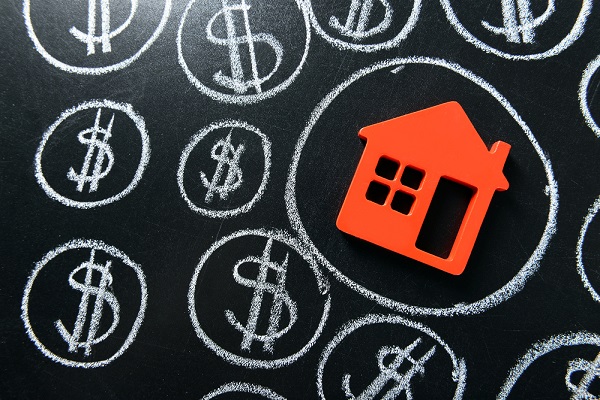Homeowners Market Faces Upheaval as Outlook Worsens

By: Olivia Overman
An estimated 39 million U.S. homes are underinsured compared to the risk they actually face from weather events, such as hurricanes, wildfires and floods, according to “The 9th National Risk Assessment: The Climate Insurance Bubble,” a new report by First Street Foundation.
The report warned that homeowners rates are being “suppressed” by state regulation, which is stifling rate adequacy, forcing carriers to leave markets and pushing more consumers into state-backed programs.
Among those at risk from underinsurance, “12 million properties have significant flood risk outside of the public facing FEMA flood zones, 23.9 million properties are in areas with a high likelihood of destructive 3 second wind gusts, and 4.4 million properties are concentrated in zip codes where wildfire risk is so great that an average of at least 10 structures are expected to burn down every year,” the report said. “All of these properties are in addition to the 6.76 million properties that have such great risk that no insurance company will provide them coverage, driving them to the state run insurer of last resort.”
Natural disasters, such as hurricanes and flooding, as well as inflationary pressures, have all sent claims spiraling, leading many insurers to increase premiums sharply and reduce capacity. Yet, as state regulations cap increases in insurance premiums, “the retreat of many insurance companies from areas of significant risk will continue to drive more property owners to these types of insurers of last resort,” the report said.
For example, after several insurers left the Florida market or went insolvent, Florida’s publicly backed insurer of last resort, Citizens Property Insurance Corp., is now the state’s largest.
“The over-reliance of property owners on the state-run insurers of last resort is a big flashing sign that standard practices in the insurance market cannot keep up with our current climate reality,” said Matthew Eby, First Street’s executive director.
As a result, many homeowners and renters across the country have been receiving letters from their insurance providers notifying them of a non-renewal, a rate increase, or that their insurer of choice is pulling out of the market.
There is some positive news for the market, though. Last week, California took steps to address the state’s difficult insurance landscape. California Insurance Commissioner Ricardo Lara announced his Sustainable Insurance Strategy on Sept. 21. The agreement will allow his agency to work more quickly to assess and adjudicate carriers’ rate-increase requests, which now take six months. California reversed its position on barring insurance companies from using forward-looking catastrophe models, which is standard in most other states. Previously, California had only allowed carriers to use historical 20-year data when pricing policies.
Additionally, the changes will allow the California Department of Insurance to accurately price at-risk homes and encourage residents to better harden and protect them from wildfires, and squelch the rapid growth of California’s FAIR plan, which, has become the “first resort, not last resort” for many residents.
However, the homeowners market both in the Golden State and across the nation has a long way to go. AM Best recently revised its outlook for the homeowners segment from stable to negative following three consecutive years of net underwriting losses as a result of above-average numbers of natural catastrophes, inflationary pressures and elevated reinsurance costs.
“Going forward, homeowner carriers will find it difficult to absorb these underwriting pressures while strengthening their balance sheets,” said Maurice Thomas, senior financial analyst, AM Best. “A return to underwriting profitability over the near term appears highly unlikely.”
Yet, amid the market turmoil, there are opportunities for carriers to absorb customers, according to J.D. Power 2023 U.S. Home Insurance StudySM.
Key findings of the study include:
1) Customer satisfaction remains flat as rates start to increase. Overall homeowner satisfaction is 819 (on a 1,000-point scale), which is flat compared to 2022, and renter satisfaction increased one point this year. Average filed rate increases for home insurance have been in the double digits each month since February 2023. Nearly half (48%) of homeowners insurance customers affected by a rate filing received a rate increase of 5% or more in 2022.
2) Carrier withdrawals can negatively affect customer satisfaction and trust. Insurers that absorb new customers in states where other carriers are exiting will have an opportunity to expand their market share—but may struggle to immediately build strong levels of trust and customer satisfaction.
3) Price sensitivity drives shopping and limits bundling. A majority (57%) of homeowners who switched carriers in the past year did so for a better price. Among those who have switched insurers within the past year, bundling rates declined 10 percentage points. Bundling auto and home policies is also less prevalent in states such as Florida, California and Louisiana, which have been focal points for large-scale carrier exits.
Olivia Overman is IA content editor.










